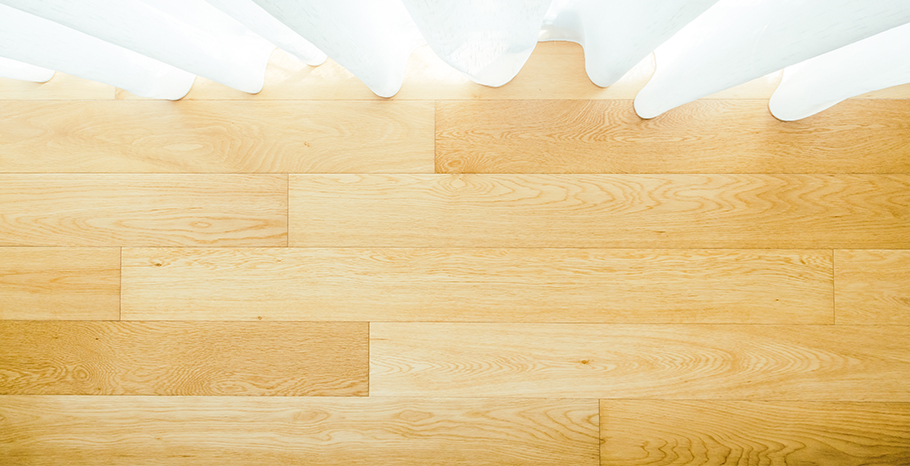Engineered timber flooring is a popular alternative to traditional hardwood flooring especially in melbourne of Australia, composed of multiple layers of wood that are bonded together.
Here’s a detailed overview of engineered timber flooring:
Construction:
- Top Layer (Veneer): This is the top layer of real wood, providing the aesthetic appeal and texture. It varies in thickness, with higher-quality products having thicker veneers.
- Core Layers: These are made from plywood, high-density fiberboard (HDF), or other materials. The core layers provide stability and resistance to moisture and temperature changes.
- Bottom Layer: The bottom layer provides further stability and balances the structure of the flooring.
Considerations:
- Veneer Thickness: The top layer of real wood (veneer) can vary in thickness, affecting how many times it can be sanded and refinished.
- Moisture Resistance: While more resistant to moisture than solid wood, engineered timber flooring can still be damaged by excessive moisture.
- Cost: While it can be less expensive than solid wood, high-quality engineered flooring can still be pricey.
Maintenance:
- Cleaning: Regular sweeping and occasional damp mopping are usually sufficient to maintain engineered timber flooring.
- Refinishing: Depending on the thickness of the veneer, it may have a limited number of times it can be sanded and refinished.
Environmental Impact:
- Engineered wood floors use less hardwood per plank than solid wood floors, making them more environmentally friendly.
- Some products may release volatile organic compounds (VOCs) due to adhesives and chemicals used in their construction, posing potential health risks.
Certainly! Engineered timber flooring has its own set of advantages and disadvantages. Here are some of the pros and cons:
Pros of Engineered Timber Flooring:
- Aesthetic Appeal: Engineered timber flooring offers the classic and timeless look of real wood, adding warmth and beauty to any space.
- Durability: It is more resistant to moisture and temperature fluctuations compared to solid wood flooring, making it suitable for various environments, including basements and areas with radiant heat systems.
- Versatility: Engineered timber flooring can be installed in areas where solid wood cannot, such as over concrete slabs.
- Easy Installation: Its click-lock or tongue-and-groove installation systems make it easier and quicker to install than solid wood flooring.
- Sustainability: Many engineered timber floors are made from sustainable materials, making them an environmentally friendly choice.
Cons of Engineered Timber Flooring:
- Veneer Thickness: The top layer of real wood (veneer) in engineered flooring can vary in thickness, affecting how many times it can be sanded and refinished.
- Cost: While it can be less expensive than solid wood, high-quality engineered flooring can still be pricey.
- Moisture Damage: While more resistant to moisture than solid wood, engineered timber flooring can still be damaged by excessive moisture.
- Limited Refinishing: Depending on the thickness of the veneer, engineered flooring may have a limited number of times it can be sanded and refinished.
When considering engineered timber flooring, it’s important to weigh these pros and cons to determine if it’s the right choice for your specific needs and preferences.
In conclusion, engineered timber flooring offers the aesthetic appeal of real wood with added durability and versatility, making it a popular choice for many homeowners and commercial spaces. However, it’s important to consider factors such as veneer thickness, moisture resistance, and environmental impact when choosing engineered timber flooring for your space.
A1Flooring(VIC) provides these products and categories in Australia especially in MELBOURNE.


